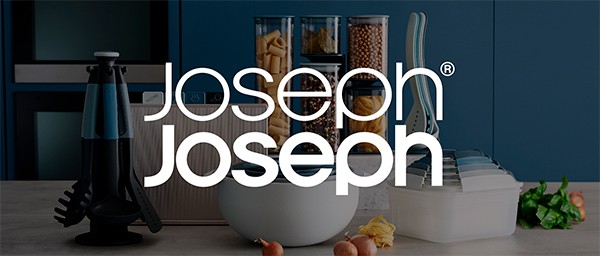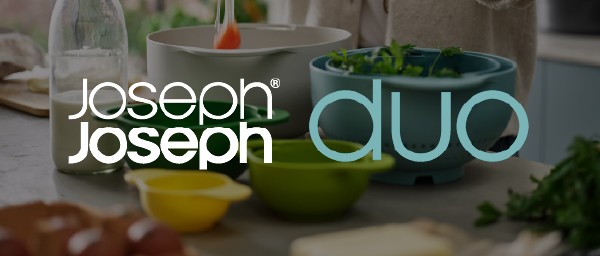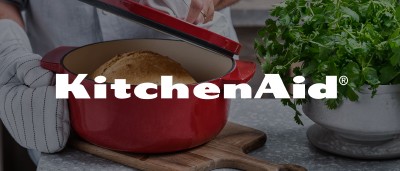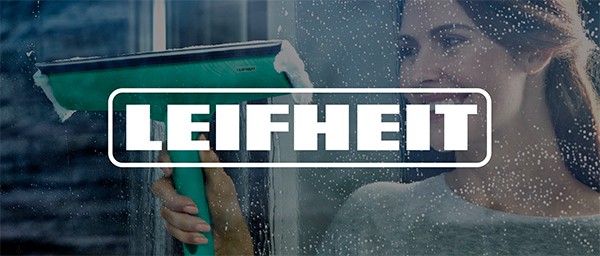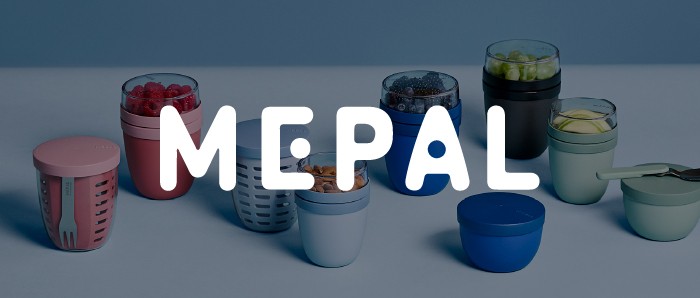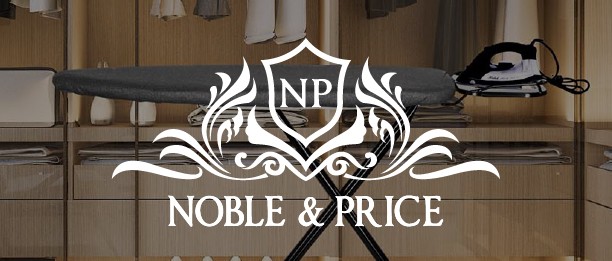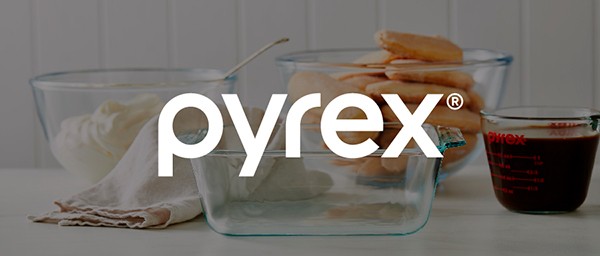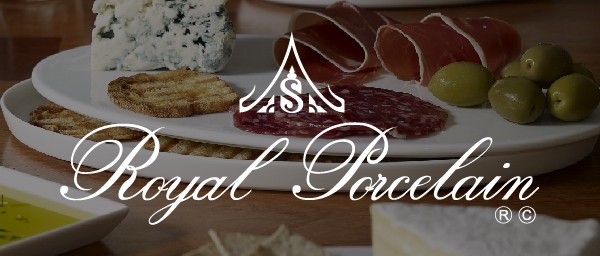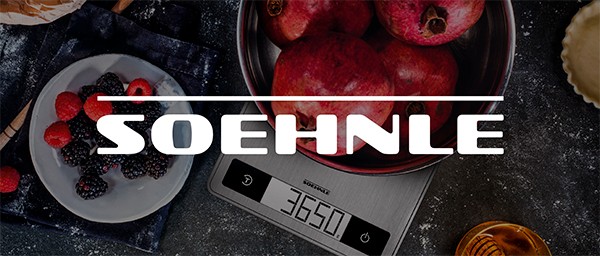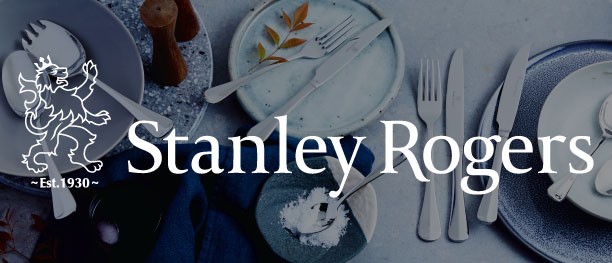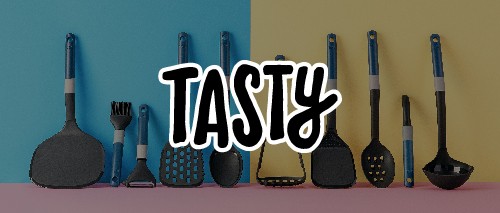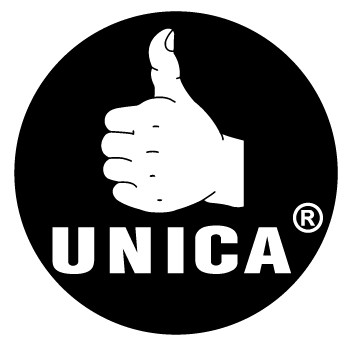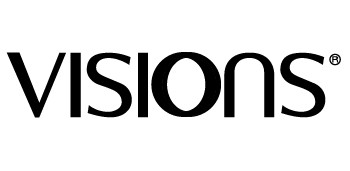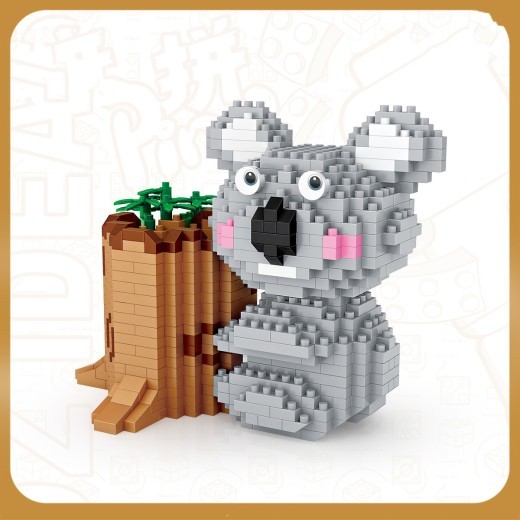
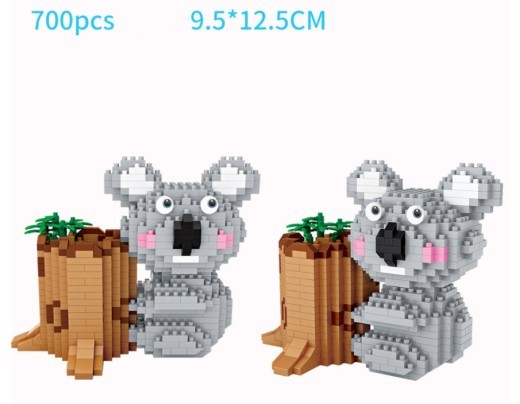

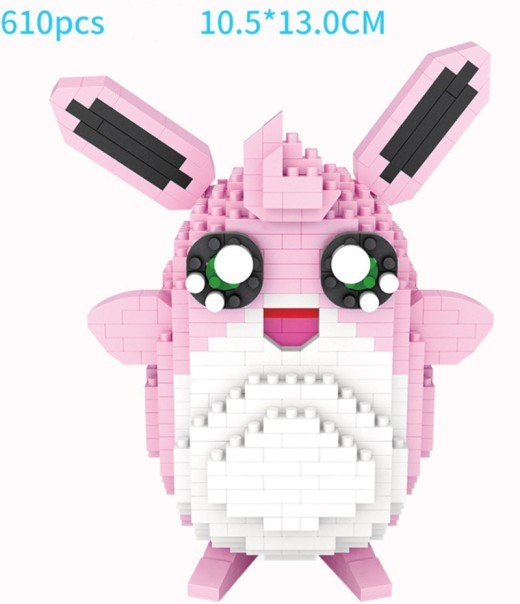
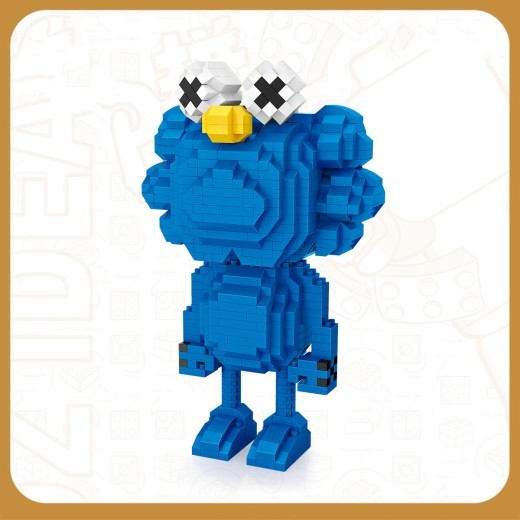
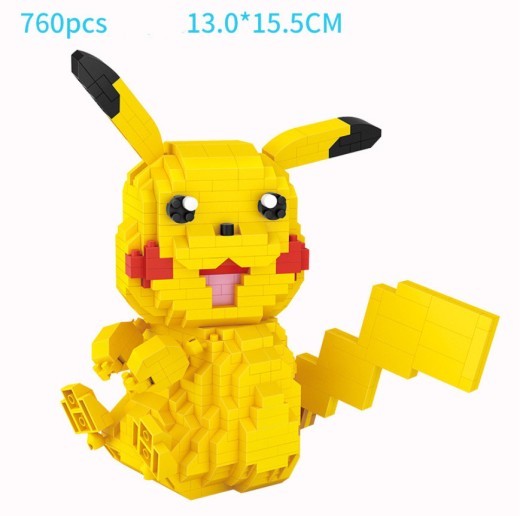
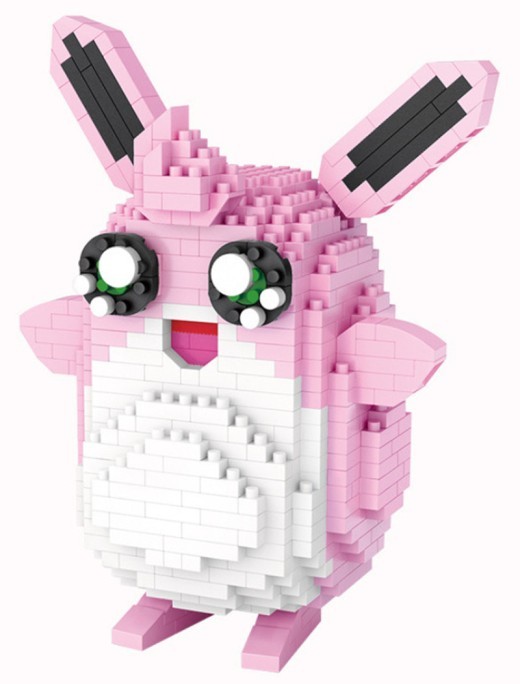
Assembled Building Block Toys
Approx $34.29 USD
Assembled Building Block Toys: The Ultimate Creative Learning Tool for Children
Assembled building block toys are more than just fun and entertaining playthings—they are powerful educational tools that foster creativity, critical thinking, problem-solving, and fine motor skills in children. These toys, often featuring interlocking pieces that can be arranged and re-arranged into various shapes and structures, offer endless possibilities for imaginative play. Whether you are a parent, educator, or caregiver in New Zealand looking to stimulate a child’s mind, assembled building block toys are the perfect choice.
What Are Assembled Building Block Toys?
Assembled building block toys are sets of small, usually plastic or wooden blocks that children can fit together to create various shapes, structures, and designs. These toys typically consist of colorful interlocking pieces in different sizes, shapes, and patterns, making them versatile for a wide range of building activities. Some sets may include specialized pieces, such as wheels, gears, or figures, to add extra elements to the play.
The concept behind these toys is simple—children use their imagination and problem-solving skills to connect the blocks, forming 2D and 3D models, from basic geometric shapes to intricate structures. These toys have become a staple in educational settings, as they align perfectly with learning objectives, such as spatial awareness, coordination, and creativity.
Benefits of Assembled Building Block Toys
1. Fosters Creativity and Imagination
One of the most significant advantages of assembled building block toys is their ability to encourage creativity. With no fixed way to play, children are free to explore and design their own constructions, leading to the development of new ideas, shapes, and stories. Whether building a house, a rocket ship, or an entire city, children can express their imagination and see their ideas come to life through their creations.
2. Enhances Problem-Solving Skills
As children work with building blocks, they are naturally faced with challenges such as how to balance structures, how to make their designs stable, or how to arrange pieces to fit a particular shape. These problems require children to think critically, plan ahead, and test different solutions, all of which enhance their problem-solving abilities. Over time, these experiences build strong cognitive skills, which are vital for academic and personal growth.
3. Develops Fine Motor Skills and Hand-Eye Coordination
Assembled building block toys are excellent for developing fine motor skills. When children grasp, connect, and arrange the blocks, they are strengthening their finger muscles and improving dexterity. Additionally, these activities require precise hand-eye coordination, which helps children with tasks beyond play, such as writing, drawing, and using tools.
4. Promotes Understanding of Spatial Awareness
Building blocks require children to think about space, size, proportion, and symmetry. As they manipulate the pieces to create their desired shapes, they develop a better understanding of spatial relationships, an essential skill for math, science, and engineering. Children learn to judge distances, align objects, and even understand concepts like balance and gravity as they experiment with different structures.
5. Encourages Patience and Focus
Assembling intricate designs often takes time and concentration. Children must focus on how the pieces fit together, step by step. This process teaches patience, as children often need to try several configurations before achieving their desired result. The satisfaction of successfully completing a project boosts confidence and reinforces perseverance.
6. Social Interaction and Teamwork
Assembled building blocks can also be a social activity. When children work together to build something, they learn valuable teamwork skills, such as communication, collaboration, and problem-solving with others. Group building activities encourage children to share ideas, negotiate plans, and respect each other's contributions, all of which are important aspects of social development.
Features of Assembled Building Block Toys
-
High-Quality Materials: Most building block sets are made from high-quality, non-toxic plastic or natural wood. These
materials ensure durability and safety for children while being easy to clean and maintain.
-
Variety of Shapes and Sizes: Building blocks come in a wide range of shapes—squares, triangles, rectangles, and more. This
variety helps to foster creativity and gives children the freedom to build whatever they imagine.
-
Bright and Engaging Colors: Vibrant colors make building blocks appealing to young children. The bold hues capture
children’s attention, stimulating their visual senses and making the learning process more engaging.
-
Age-Appropriate Designs: Assembled building block toys are often tailored to different age groups, ensuring that the
complexity of the pieces and the designs is suitable for each developmental stage. Younger children may start with simple, larger blocks,
while older children can tackle more advanced sets with smaller pieces and intricate designs.
-
STEM Learning Integration: Many building block toys integrate science, technology, engineering, and math (STEM) learning
principles. Advanced sets might include mechanical elements, like gears and pulleys, to teach children about simple machines and engineering
concepts in a fun and accessible way.
-
Expandability: Many building block toy sets are designed to be compatible with other brands or can be expanded with
additional pieces. This allows for more complex and creative builds as the child’s skills and imagination grow.
How to Use Assembled Building Block Toys for Effective Learning
1. Structured Learning Activities
In a classroom or homeschooling environment, you can incorporate building block toys into structured activities. For example, set a challenge for the children to build a specific shape, structure, or design, such as a bridge or a house. This allows children to practice following instructions, measuring, and working toward a goal.
2. Open-Ended Play
Encourage open-ended play where children can build freely without any set goals. This type of play stimulates creativity and imagination, allowing children to explore ideas and experiment with their designs. As children build, you can introduce new vocabulary and concepts related to their creations, such as shape names, sizes, or counting.
3. Collaborative Learning
Incorporate group-building activities that encourage collaboration. Have children work in pairs or small teams to create large structures, fostering teamwork and social interaction. This helps children practice skills such as communication, leadership, and compromise.
4. Incorporate STEM Challenges
For older children, introduce more complex STEM challenges using building blocks, such as constructing a working vehicle or creating a gear-driven mechanism. These challenges teach children about engineering, mechanics, and problem-solving, while still being fun and engaging.
Why Choose Assembled Building Block Toys for Children in New Zealand?
Assembled building block toys are an ideal choice for children in New Zealand, providing countless benefits for cognitive, emotional, and social development. With New Zealand’s focus on hands-on, play-based learning, these toys align perfectly with the country’s educational philosophies. They also provide a great opportunity for outdoor play, as children can take their block sets outside to build and explore.
In addition to supporting academic learning, building block toys are an effective way to engage children in independent play or group
activities. They can be used both in the classroom and at home, making them a versatile learning tool for any environment.
Type: Assembled building blocks with diamond particles
Material: ABS
Can DIY: Yes
Packing method: color box
Applicable age: Juvenile (7-14 years old)






The product may be provided by a different brand of comparable quality.
The actual product may vary slightly from the image shown.

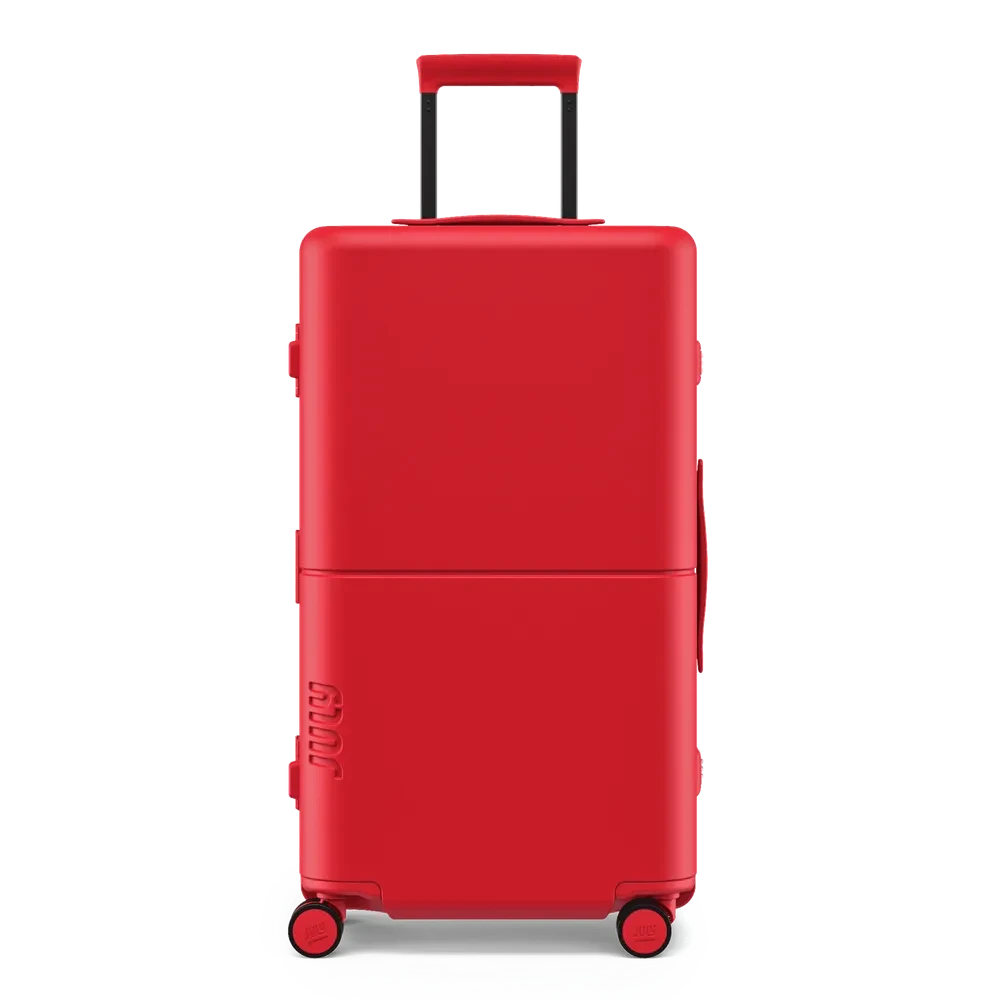

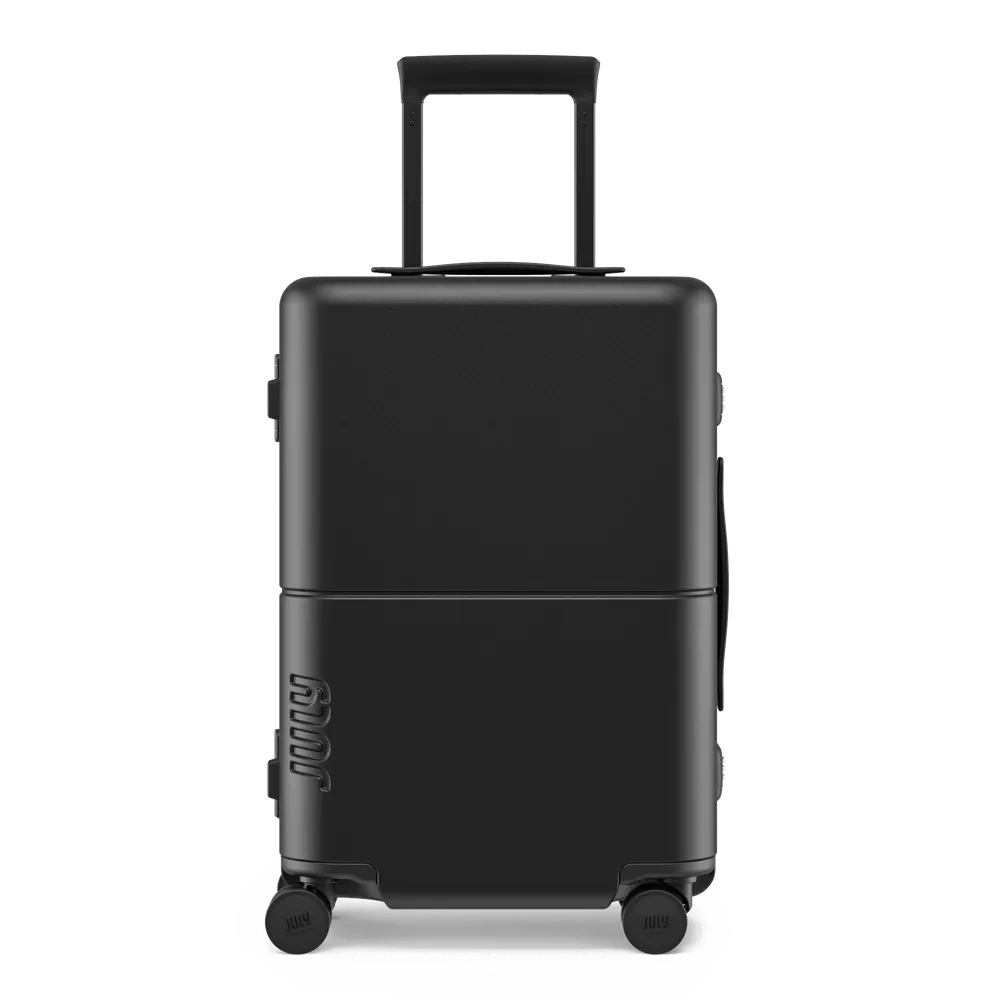

.webp)
.webp)
.webp)
.webp)
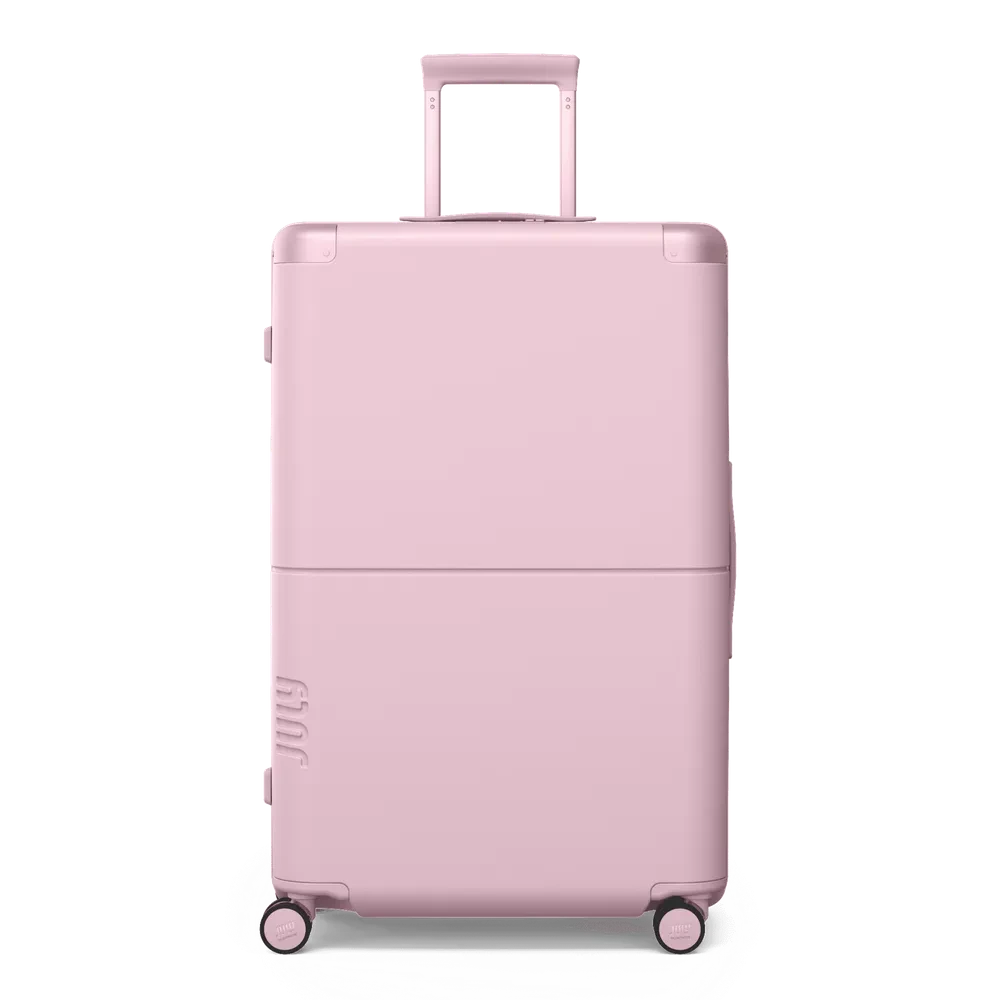
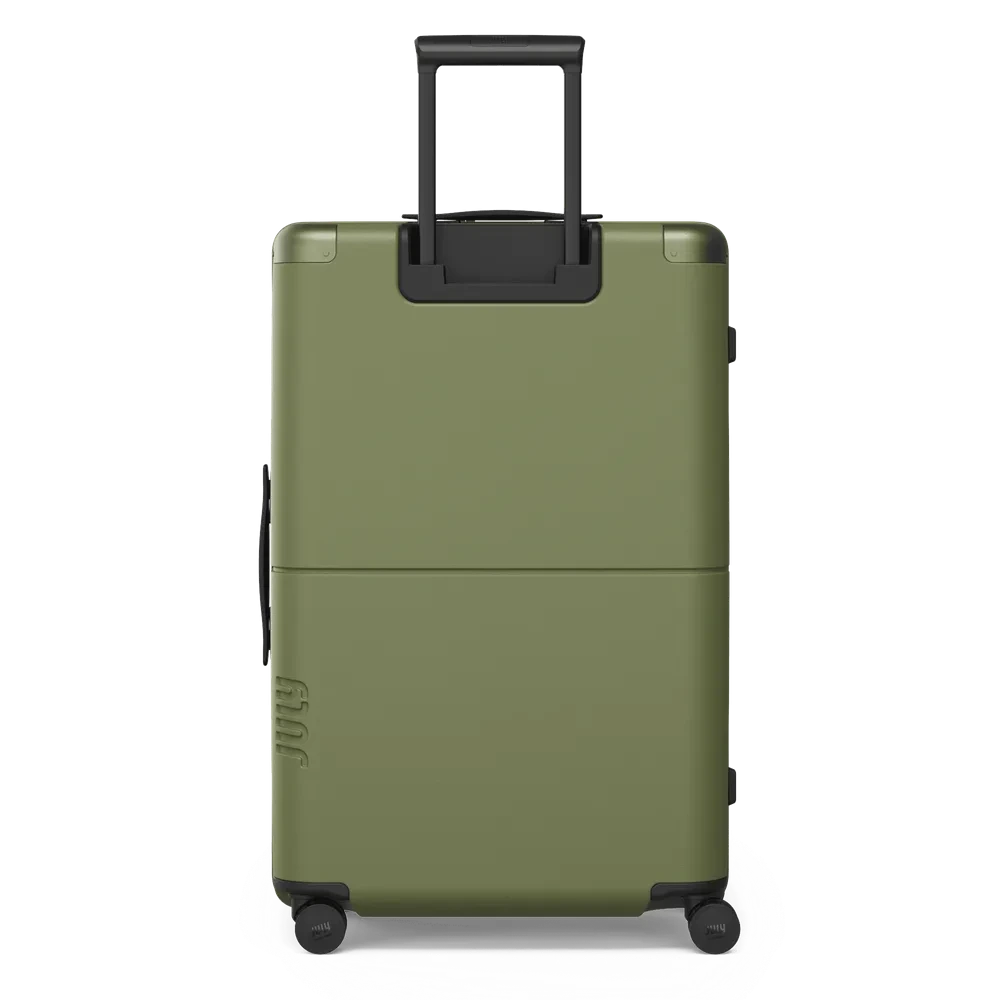
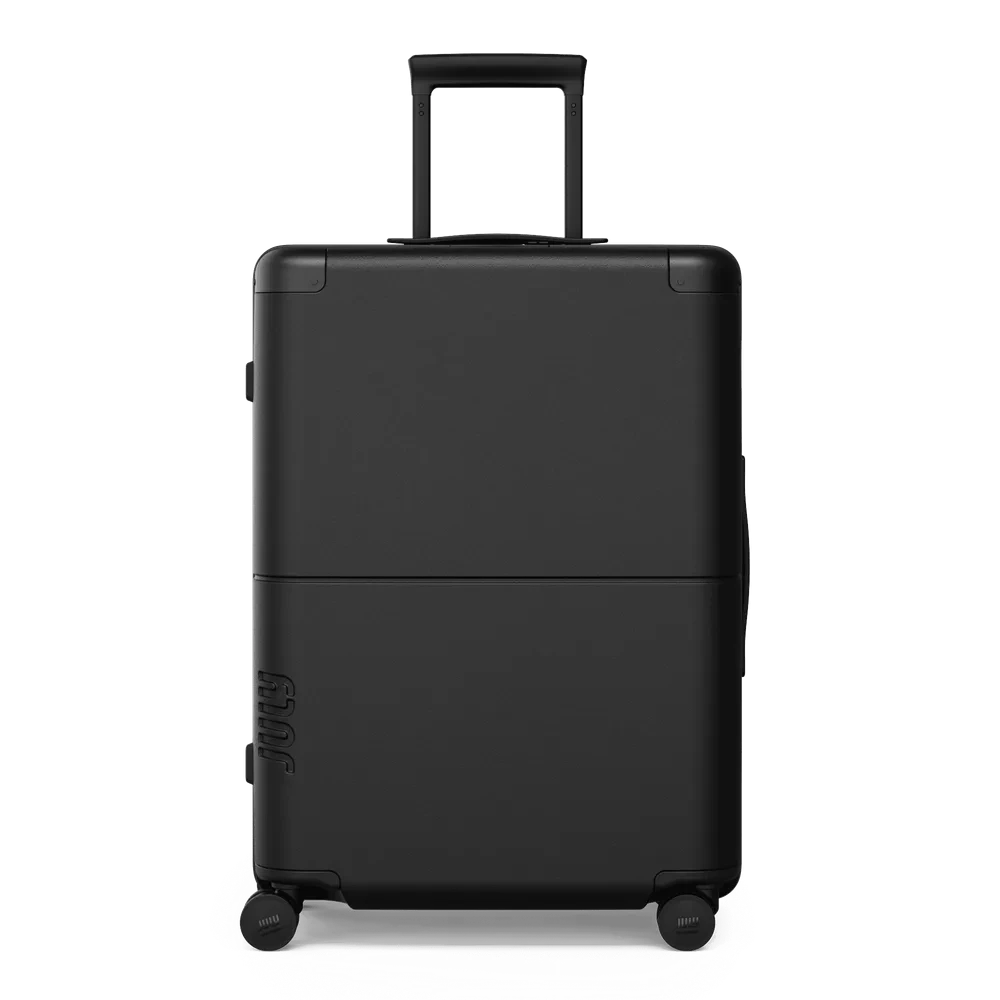

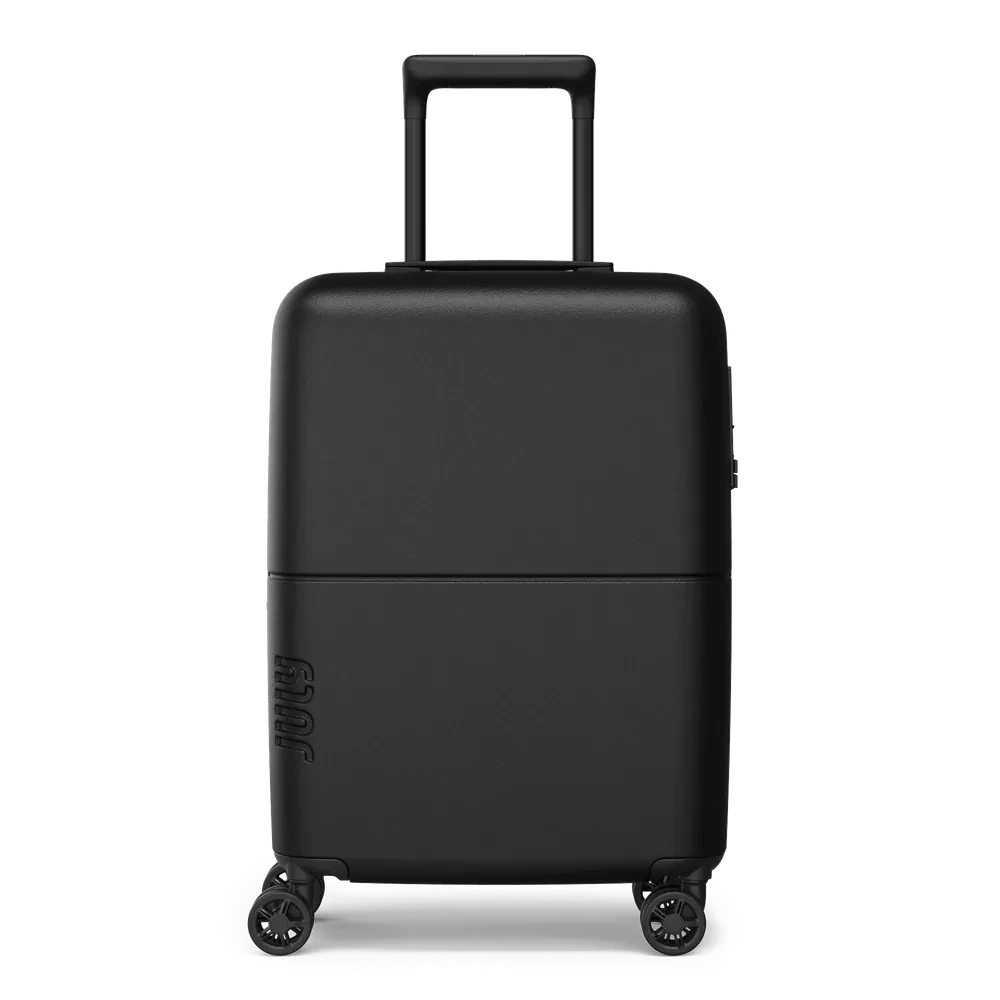
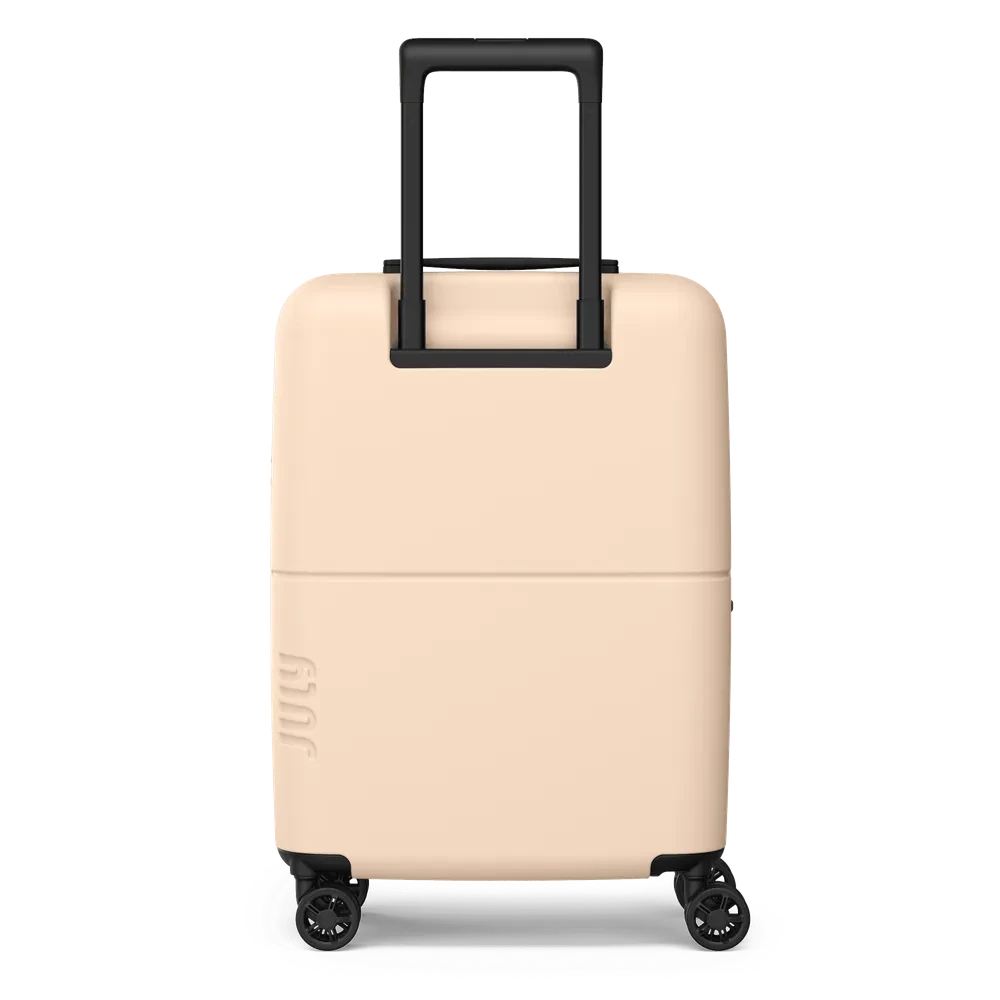




.jpg)









.jpg)





.jpeg)





.jpeg)



.jpeg)








.jpeg)



.jpeg)

.jpeg)

.jpeg)

.jpeg)
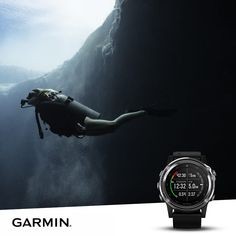

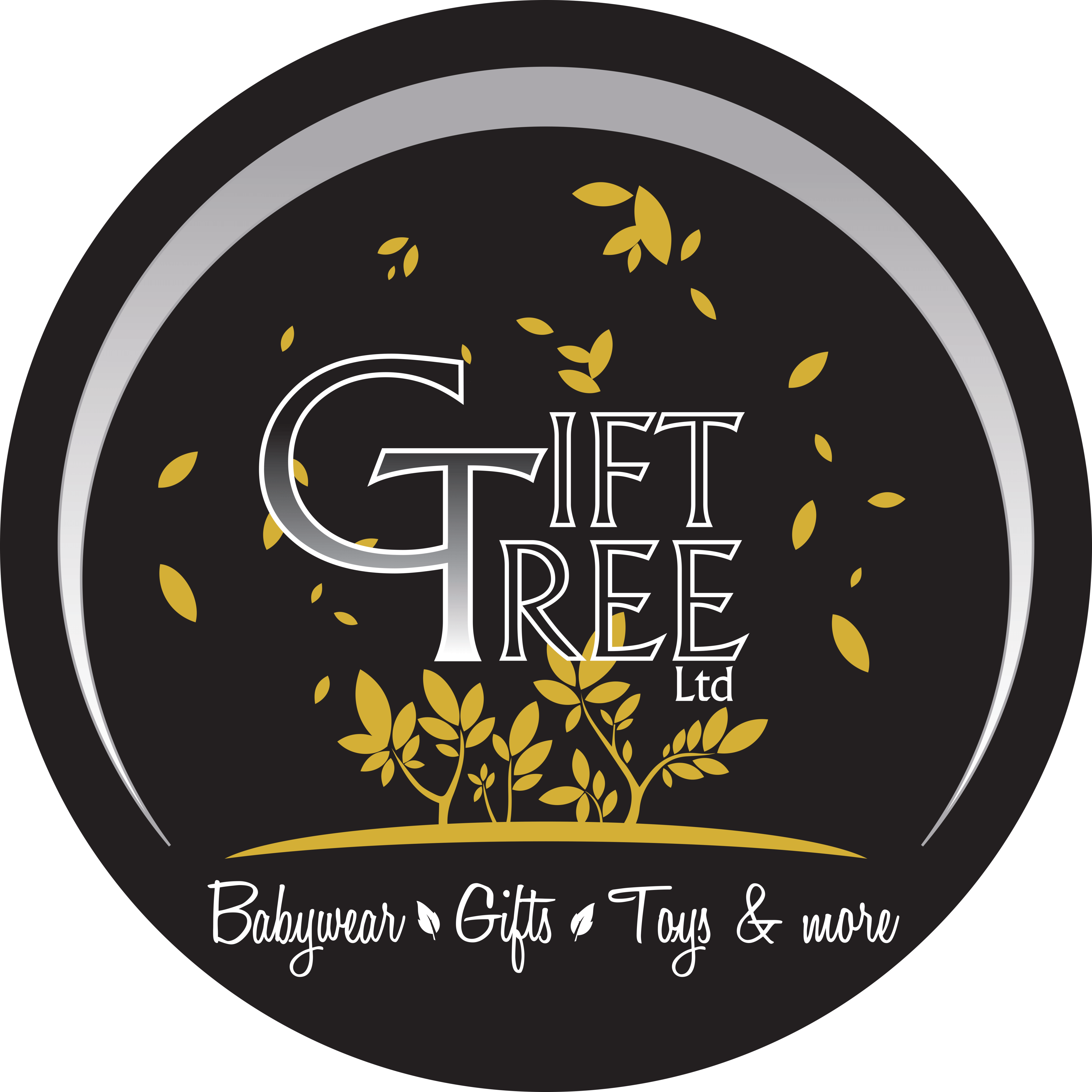

.jpeg)
.jpg)

.jpeg)






.jpeg)
.jpeg)


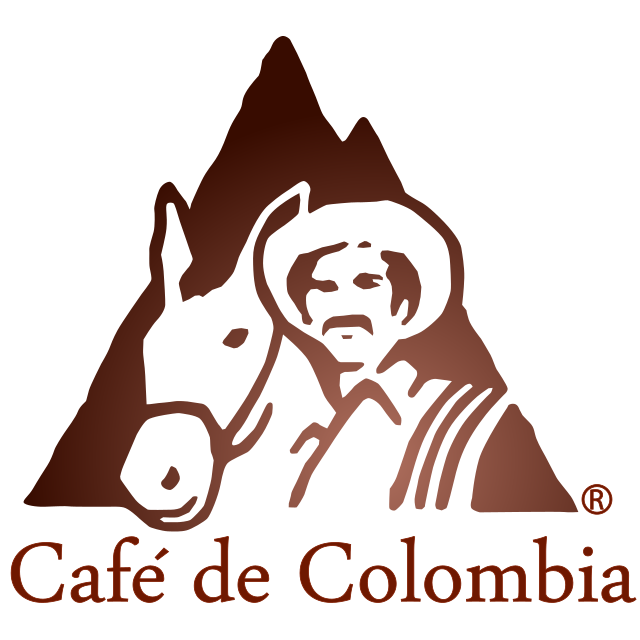

.jpeg)





.jpeg)


.jpeg)

.jpeg)

.jpeg)

.jpeg)







.jpeg)
.jpeg)
.jpeg)





.jpeg)



.jpeg)





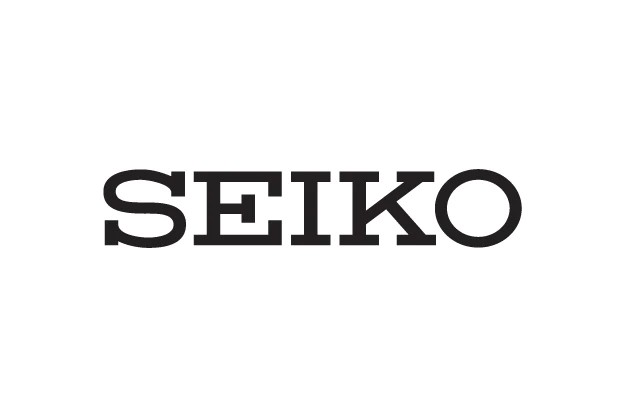
.jpg)
.jpeg)

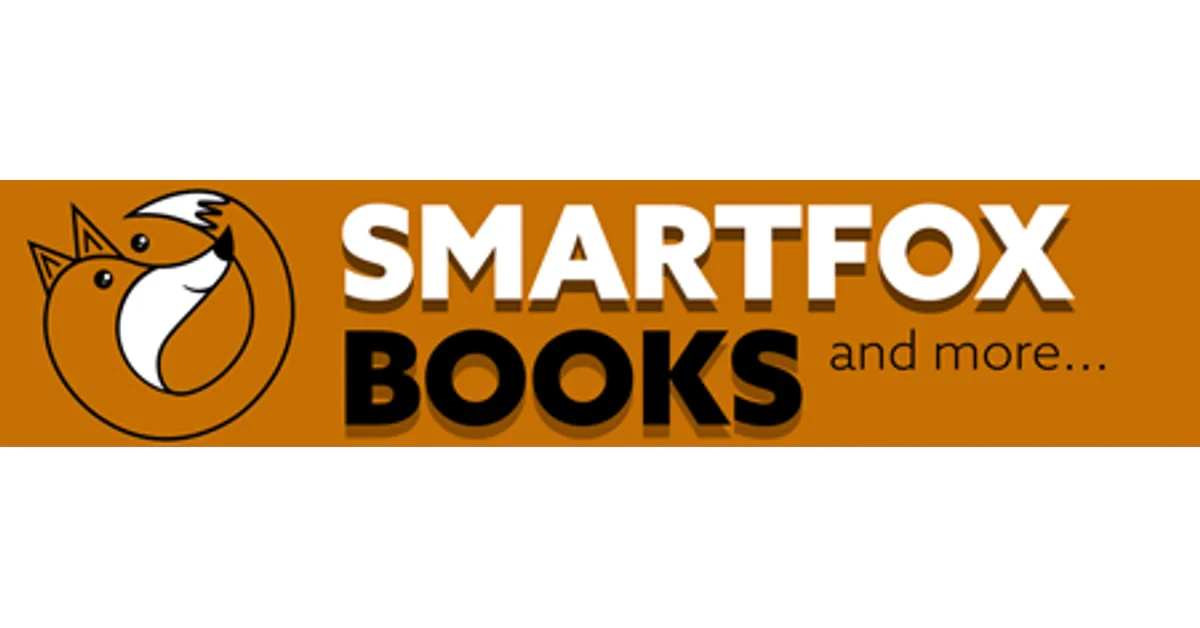







.jpg)


ulva-Logo.jpg)




.jpeg)



.png)
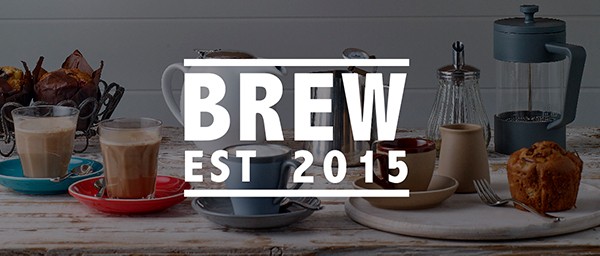
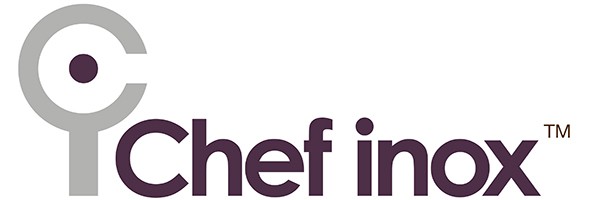

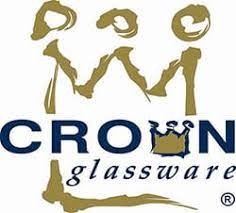
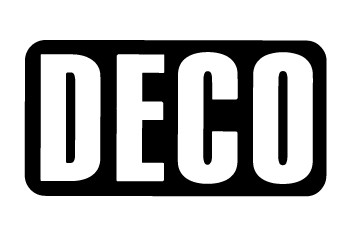







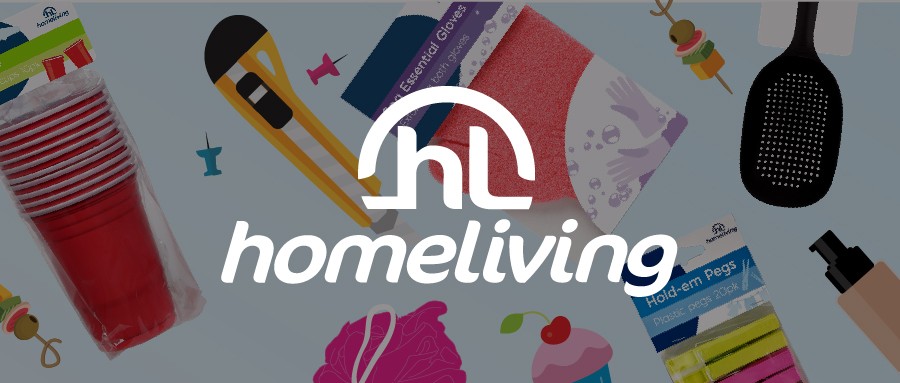
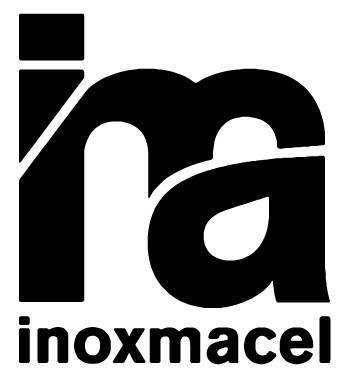
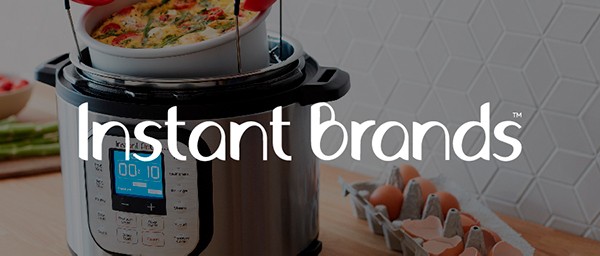
.png)
